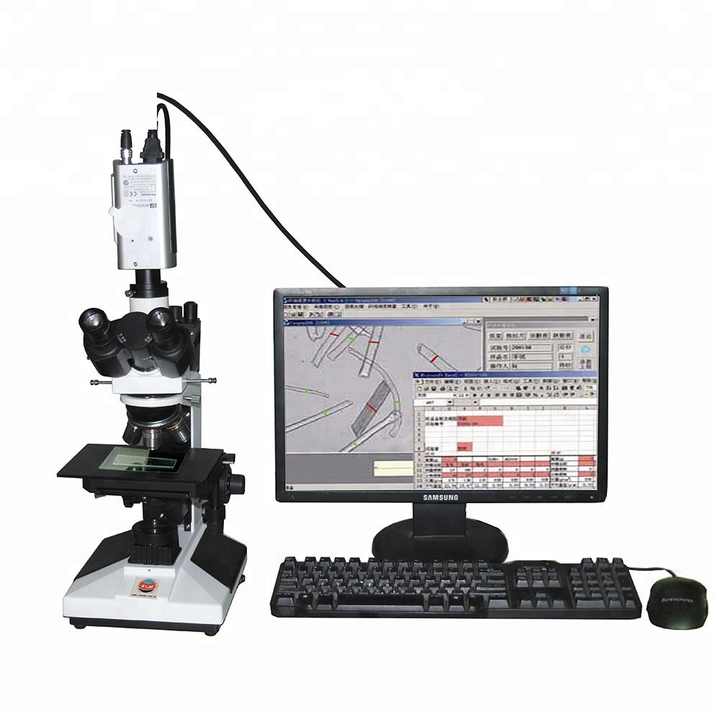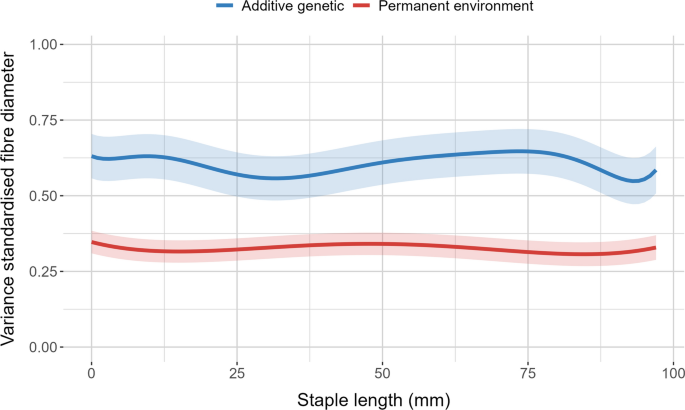How an Optical Fibre Diameter Analyser Enhances Manufacturing Accuracy
How an Optical Fibre Diameter Analyser Enhances Manufacturing Accuracy
Blog Article
Optimize Your Fibre Optic Performance: Understanding Optical Fiber Size Analyser Modern Technology
The efficiency of fibre optic systems is critically affected by the accuracy of their diameter, a variable often forgot in the quest of optimal signal honesty. Understanding the modern technology behind optical fiber diameter analysers exposes the elaborate equilibrium between dimension precision and manufacturing top quality.
Value of Optical Fibre Diameter
The diameter of optical fibre plays an important function in identifying the efficiency and effectiveness of communication systems. Conversely, smaller sizes tend to sustain fewer settings, which can enhance signal clearness and reduce crosstalk.

Additionally, understanding the size's ramifications can result in cost savings by lowering the need for signal amplification and repeaters in considerable networks (optical fibre diameter analyser). In verdict, the significance of optical fiber size can not be overstated, as it straight influences the total efficiency and integrity of modern-day interaction systems

Exactly How Size Influences Signal Quality
Signal quality in optical fiber systems hinges significantly on the size of the fiber. A smaller sized size can lead to higher depletion prices, resulting in signal loss as light journeys via the fibre.
On the other hand, bigger sizes normally permit for improved light capture and lowered modal diffusion, enhancing signal clarity. In multimode fibres, a bigger core size can support several light settings, yet it might also present intermodal dispersion, which can weaken signal top quality. Picking the optimal fibre size is vital for achieving the wanted performance in certain applications.
Furthermore, the communication in between the fiber diameter and the wavelength of the light made use of plays an essential duty in identifying the efficient transmission range and general signal honesty. Recognizing how fibre diameter impacts signal high quality is important for network developers and designers striving to maximize optical fiber systems for dependable, high-speed information transmission.
Introduction of Diameter Analyser Modern Technology
In numerous optical fibre manufacturing processes, accurate dimension of fiber diameter is necessary for making certain constant efficiency and high quality (optical fibre diameter analyser). Size analysers are advanced tools designed to examine the physical dimensions of optical fibres with high accuracy. They employ sophisticated optical and laser modern technologies to measure the diameter, ovality, and concentricity of the fibre, thus supplying critical information for high quality control
These analysers can operate in-line throughout the manufacturing procedure or as component of off-line screening protocols. In-line systems make it possible for real-time tracking, allowing makers to adjust parameters promptly, thus maintaining ideal manufacturing conditions. Off-line analysers, on the other hand, visite site provide extensive analyses of sets, ensuring that any deviations from specified tolerances are recognized and dealt with.
Size analysers considerably add to the reduction of defects in optical fibers, boosting general item dependability. By regularly determining key criteria, these technologies help with compliance with market standards and specifications. As the need for high-performance optical fibres remains to rise, the function of diameter analysers ends up being progressively essential in attaining the desired quality and efficiency standards in fibre optic systems.
Secret Features of Fiber Size Analysers
Although various models of fibre diameter analysers exist, they frequently share numerous crucial features that improve their functionality and dependability. Among one of the most considerable functions is high-resolution dimension capacities, which make certain exact size analyses, critical for preserving top quality control in fiber production. Additionally, numerous analysers integrate innovative optical sensors created to detect minute variants in fiber diameter, thus offering important information for procedure optimization.
Another vital attribute is real-time surveillance, enabling operators to get prompt responses on fiber size my company throughout the manufacturing process (optical fibre diameter analyser). This ability facilitates fast modifications and minimizes the possibility of problems. Lots of analysers also come outfitted with easy to use interfaces, making it possible for drivers to easily browse through setups and information outcomes
Additionally, robust information storage space and analysis performances are vital for tracking historical performance fads click here now and guaranteeing conformity with industry criteria. These features collectively contribute to the effectiveness of fiber diameter analysers in enhancing fibre optic efficiency.
Finest Practices for Fiber Optimization

First, routine calibration of optical fibre size analysers is important. This makes sure accurate dimensions and minimizes potential inconsistencies that could affect performance. Next, preserving a tidy working setting is vital; dust and contaminants can result in indicate destruction.
In addition, it is very important to pick fibres that satisfy details application needs. This entails assessing elements such as attenuation, data transfer, and ecological problems. Proper setup methods must additionally be adhered to, including preventing sharp bends and too much tension, which can jeopardize fibre honesty.
In addition, employing sophisticated tracking systems can help with real-time performance analyses, enabling timely recognition of issues. Regular screening and maintenance need to be conducted to guarantee that fibers continue to be within optimal functional criteria.
Lastly, training employees on the most recent fibre optimization modern technologies and methods will improve their capacity to implement effective approaches. By following these ideal methods, companies can substantially improve the performance and life-span of their optical fiber systems, ensuring reliable interaction and data transfer.
Conclusion
In final thought, the assimilation of optical fibre diameter analyser technology is essential for optimizing fibre optic efficiency. By making certain precise dimensions of fiber dimensions, these analysers significantly boost signal quality and lower losses during information transmission. Normal calibration and upkeep of the analysers are critical to promote optimal performance and conformity with industry standards. Inevitably, the application of this technology helps with improved data transmission prices and strengthens signal stability, adding to the general effectiveness of fibre optic systems.
Signal quality in optical fibre systems pivots considerably on the size of the fibre.In numerous optical fibre manufacturing processes, accurate measurement of fiber diameter is vital for making certain constant performance and quality. As the need for high-performance optical fibres continues to increase, the function of size analysers ends up being increasingly important in attaining the wanted top quality and efficiency criteria in fibre optic systems.
These attributes collectively add to the efficacy of fiber diameter analysers in maximizing fibre optic efficiency.
In conclusion, the integration of optical fibre diameter analyser modern technology is important for maximizing fibre optic efficiency.
Report this page